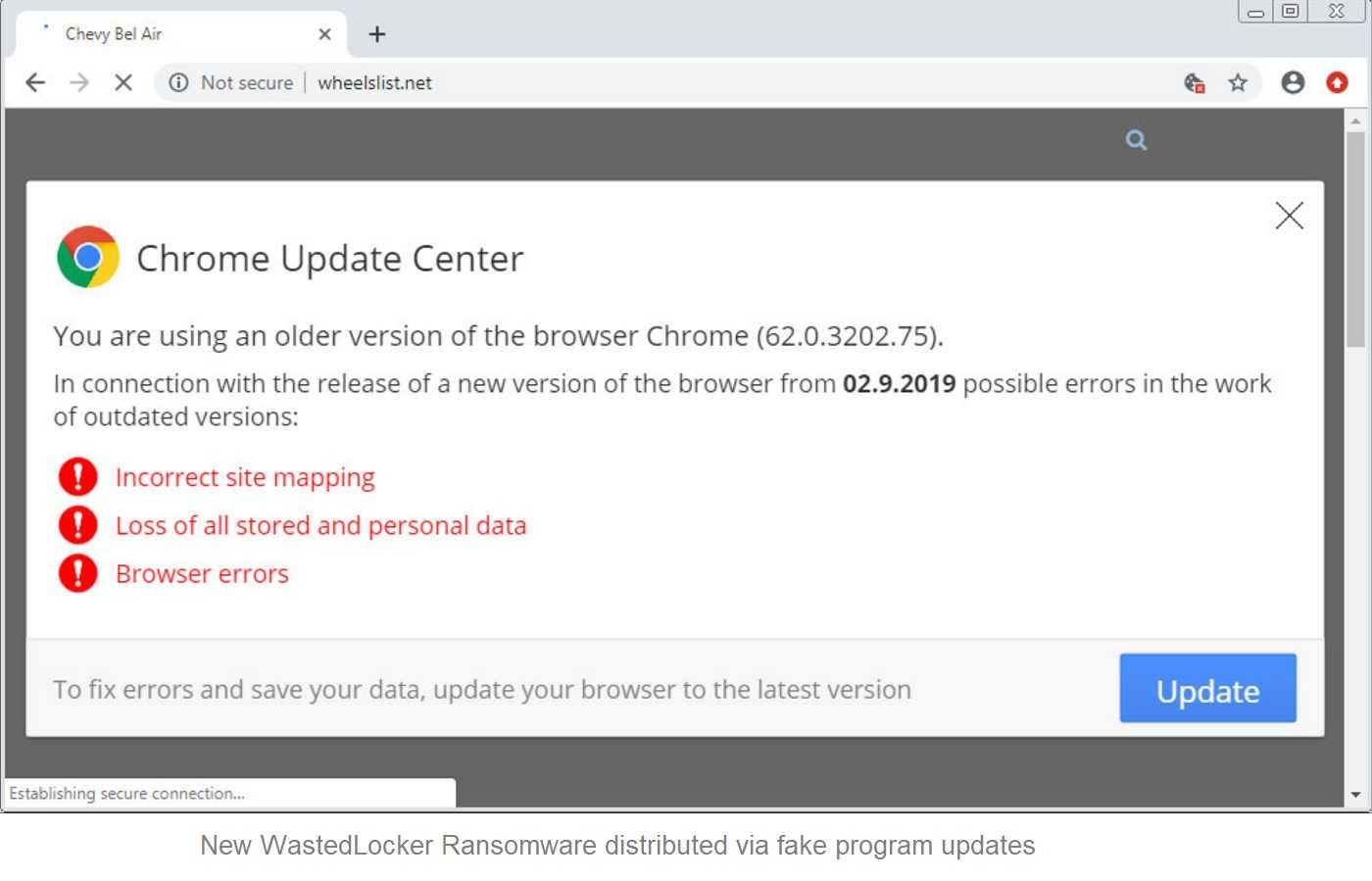The only evidence WastedLocker leaves behind is a ransom note demanding steep payments for the key to the victim’s encrypted data systems. As is typical with ransom notes, they also threaten permanent data loss will be the result of not paying up. That’s an unnerving prospect for favored ransomware targets like healthcare institutions, city services, financial institutions, law enforcement, and others that rely on constant data access to provide unhindered services for those who need them.


Mitigating Ransomware Risks
For now, it’s up to an organization to apply cyber-safe obstacles to help thwart ransomware attacks, including those by WastedLocker. Remember, employees are often the first line of defense against cybercrime, especially email phishing. An employee who is well-trained about cyberattacks and methods can stop a threat in its tracks before it goes any further. Below are other ways to help keep WastedLocker attacks from succeeding.
- Keeping system software and security patches updated as soon as they are available helps assure the latest security measures and bug fixes are installed and ready to work.
- Strong and unique passwords should always be used and never reused, since password cracking is a hacker’s invitation to a data system.
- Using MFA (multi-factor authentication) goes a long way assuring the person logging into a work account isn’t a hacker.
- Backup system data on a regular basis. Regularly check the data restoration process to ensure it works when needed, and keep it separate from the system. If an organization can restore its own data, the need to pay a ransom is neutralized.

